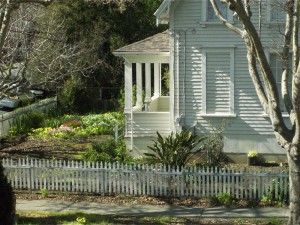In one of the few breaks in the rain this week, I managed to take a walk along the old salt ponds at the edge of San Francisco Bay in Palo Alto, now the Baylands nature preserve. It was low tide, so there were birds everywhere: shorebirds, gulls, diving ducks and dabbling ducks, egrets, grebes, geese, a White-Tailed Kite out hunting. And sitting among some California Gulls were half a dozen Black Skimmers (Rynchops niger), standing on the mud flats, all facing in the same northwesterly direction. Black Skimmers make me smile; they are such silly-looking birds, with their ridiculously large orange-and-black bills with the lower mandible sticking way out past the upper mandible, and black-and-white plumage on their heads that makes them look as though they’re wearing a baseball cap pushed to the back of their heads, and gawky red-orange legs.
But they’re not ridiculous at all. Their bill may look silly to me, but it is a precisely engineered product of natural selection and evolution, allowing the birds to skim fish from the surface of the water as they fly along. No doubt their plumage also has an evolutionary function; their legs only look a little gawky because these are birds that are meant for precision flying, not for walking around on dry ground. Black Skimmers are not silly at all, they are amazingly successful organisms: “This skimmer has undergone a remarkable range expansion north from Mexico into California since 8 Sept. 1962, when the first bird was found at the mouth of the Santa Ana River…” Arnold Small, California Birds: Their Range and Distribution, 1994.


